

Humans
collected beautiful things even 280,000 years ago. In Markkleeberg
(near Leipzig) an assemblage of fossilised sea urchins was found
alongside flint artefacts. Owing to the forms of the stone tools, the
site of the find has been assigned to an early phase in the
development of the Neanderthals. We assume that these aesthetically
attractive fossils were consciously collected and deposited.
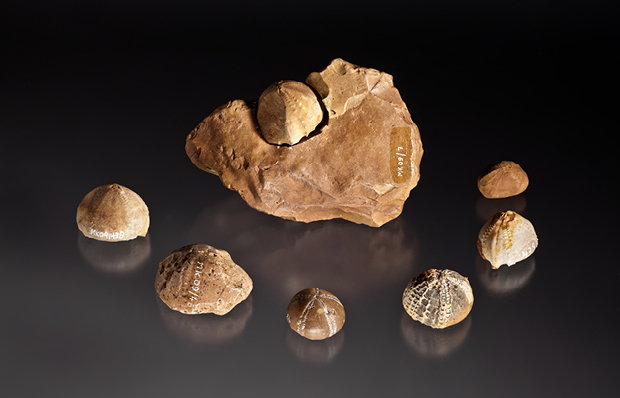
© smac | Jürgen Lösel
The small slate tablet found in Groitzsch (near Leipzig) is a tiny masterpiece. It dates to about 12,500 BCE and is therefore the oldest pictorial representation in Saxony. It is to be seen in the same cultural context as the cave paintings and small animal figures found in other regions of Central Europe.
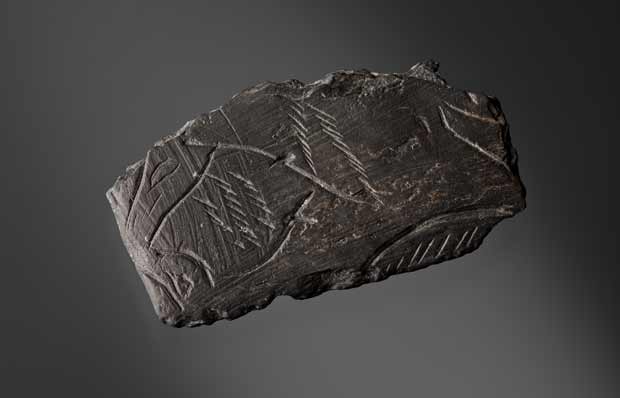
© smac | Jürgen Lösel
The discovery of a well is a true stroke of luck for archaeologists, since organic material is preserved below ground water level. Among the items found in the wells at Altscherbitz (in northern Saxony) were pots made of birch bark, cords of varying thickness, remnants of colour and a pot decorated with strips of birch bark. They are a significant contribution to our knowledge about life 7,200 years ago.
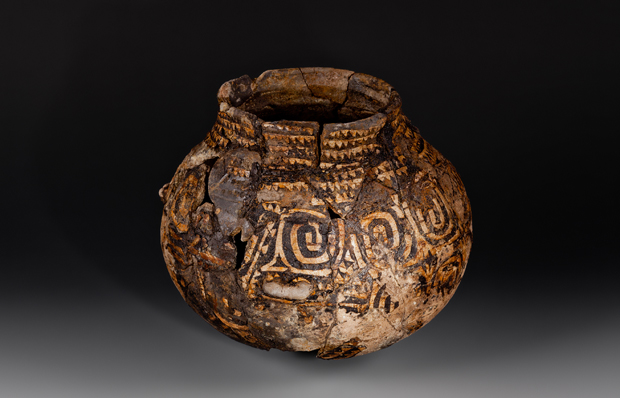
© smac | Jürgen Lösel
The hovering sculptural map of Saxony traverses 300,000 years of cultural history like a time machine – an amazing journey through time and space.
Every full hour, the five semitransparent planes are wafting vertically through the three exhibition floors. Their shape is corresponding to that of the Free State of Saxony. The event is accompanied by spectacular picture and sound impressions
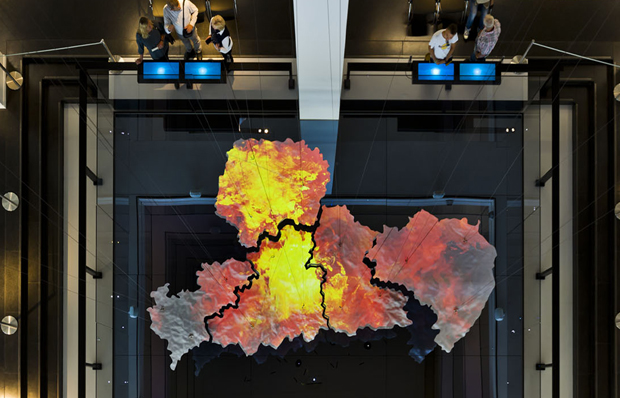
© smac | Michael Jungblut
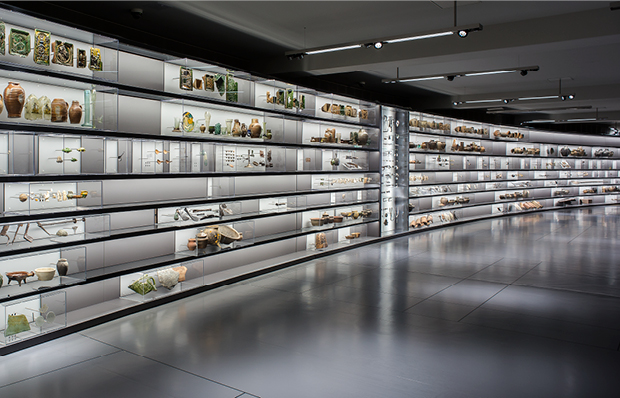
© smac | Laszlo Farkas
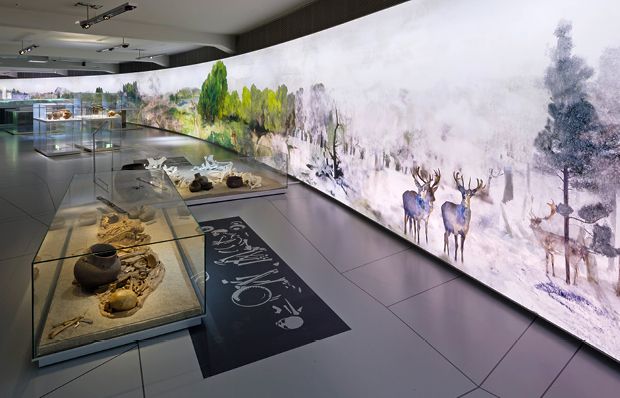
© smac | Michael Jungblut